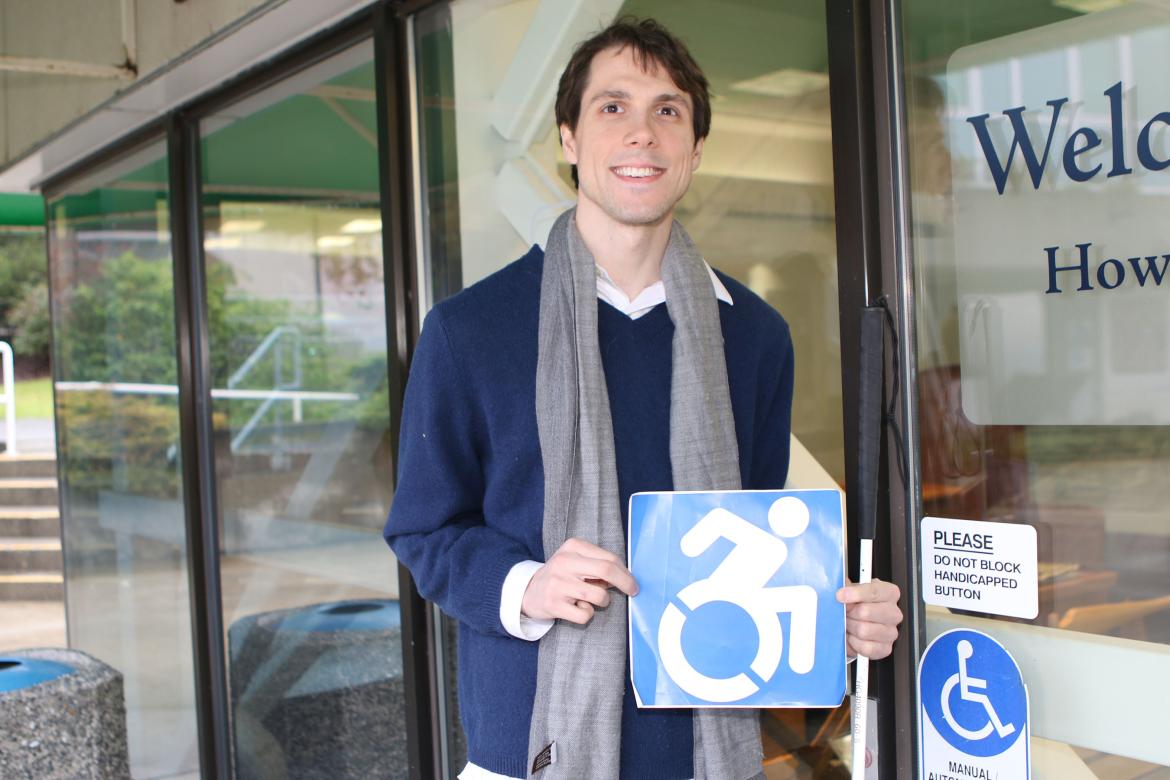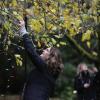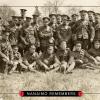
Richard Harlow, Board Director of the Nanaimo Disability Resource Centre, holds a copy of the new ability icon.
December 2, 2015 - 3:00pm
Vancouver Island University (VIU) is joining a worldwide movement toward replacing the current disability icon with an updated ability icon.
“It’s a special grassroots effort to help communities reduce the stigma and discrimination of persons with disabilities,” says Richard Harlow, Board Director of the Nanaimo Disability Resource Centre (NDRC).
All parking lots on VIU's Nanaimo campus have new paint on the pavement displaying a new icon. As other disability signs on campus needs replacement, they will also be updated.
The new icon is a revamp on the disability icon developed in 1978 and currently in use around the world by the International Signage Organization.
“The current icon presents the person as alone, immobile and vulnerable,” explains Harlow. “They look like they are waiting to be pushed by someone.”
“The new iconis modern and sleek, portraying legs, arms and body in forward motion suggesting independence, strength, inclusiveness, the ability to overcome, activity and participation. It takes all the characteristics of the current signage, but makes them better, showing more focus on the person instead of the disability.”
A group of New York graphic designers, artists, graffiti artists and people with disabilities, and in wheelchairs, created the new icon. The New Accessible Icon Project grew from a grassroots movement and eventually the state of New York adopted it as the official icon to show universal access.
Harlow, a former VIU student and founder of the VIU Disability Awareness Club, brought the new icon to the attention of Richard Lewis, Director of VIU Facilities & Campus Development, last summer.
“Our club took this on as a special project,” says Harlow. “We worked on getting support from domestic and international students, VIU's Disability Services department, Student Affairs and senior administration.”
When Harlow left VIU and joined the NDRC Board of Directors, he continued to promote the use of the new icon within the Nanaimo community.
Harlow, a vision impaired person, is grateful that VIU agreed to change disability icons on the Nanaimo campus.
The new icon has been endorsed by many organizations including the NDRC; VIU Student’s Union; Old Navy in Nanaimo; State of New York; City of Phoenix, Arizona; US Treasury; Gettysburg College, Pennsylvania; amd the City of New Bern, North Carolina, to name a few.
“These organizations and governments have adopted this as their official icon representing persons with disabilities,” says Harlow. “My hope is that communities all over the world will follow suit.
“Together, we can change our communities for the better by making persons with disabilities more comfortable, accepted and included.”
For more information, visit http://accessibleicon.org/. Nanaimo community organizations that wish to support the project are invited to contact NDRC at admin@ndrc.info.
-30-
Media Contact
Janina Stajic, Manager, Vancouver Island University
P: 250.740.6288 E: Communications@viu.ca Twitter: @VIUNews
Backgrounder:
In 1968, the first disability icon was designed. It reflected a bold outline of a wheelchair without an occupant. Ten years later, a circle was placed on top of the wheelchair to represent a person in a wheelchair and the revised icon was adopted internationally. Now, groups like the Nanaimo Disability Resource Centre are trying to gain international endorsement for a new ability icon.
Why does this icon exist?
The icon shows any person, no matter what their language, that a parking spot, bench, bathroom, elevator, doorway, ramps, pathways, bus, or pretty much anything else is accessible for any disabled person allowing them to live their days like any other average person.
Tags: In the Community






